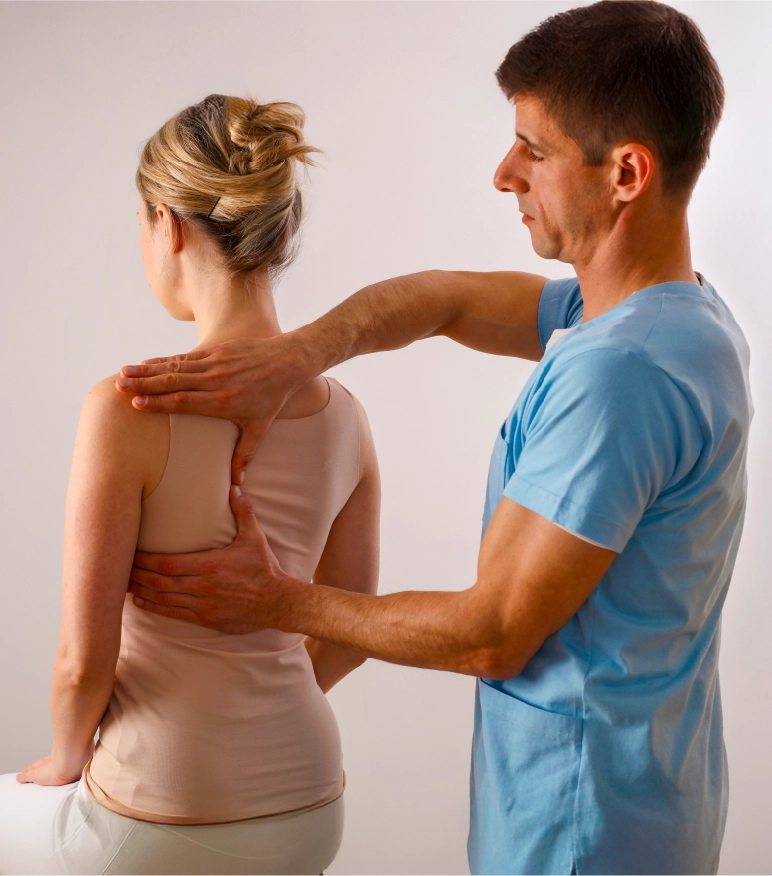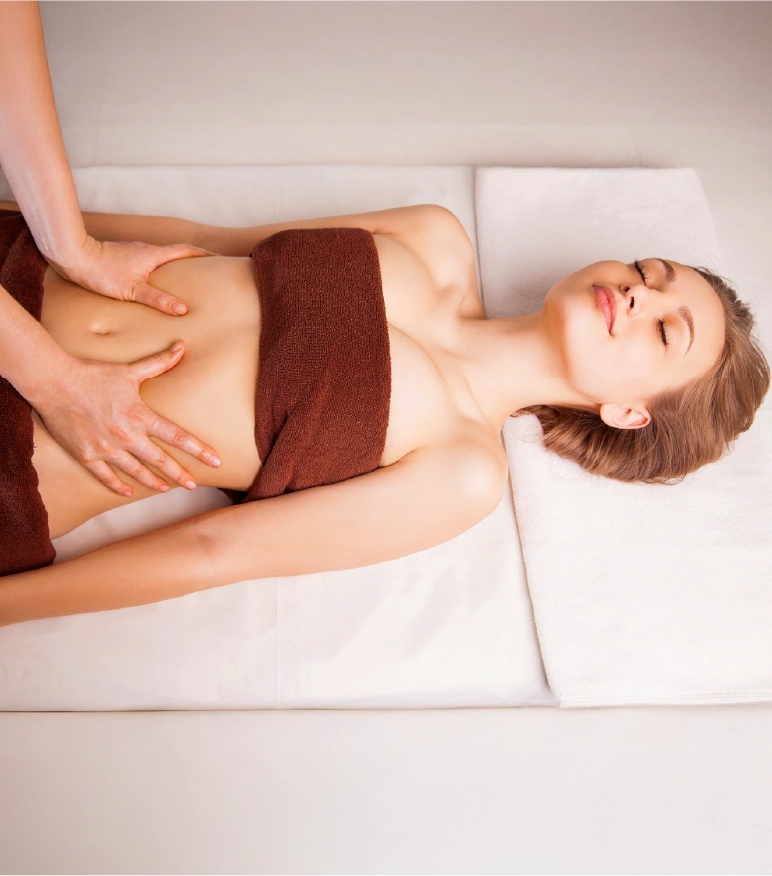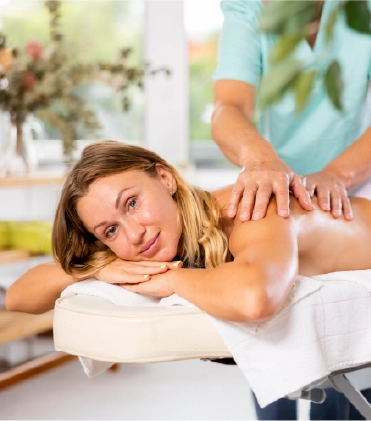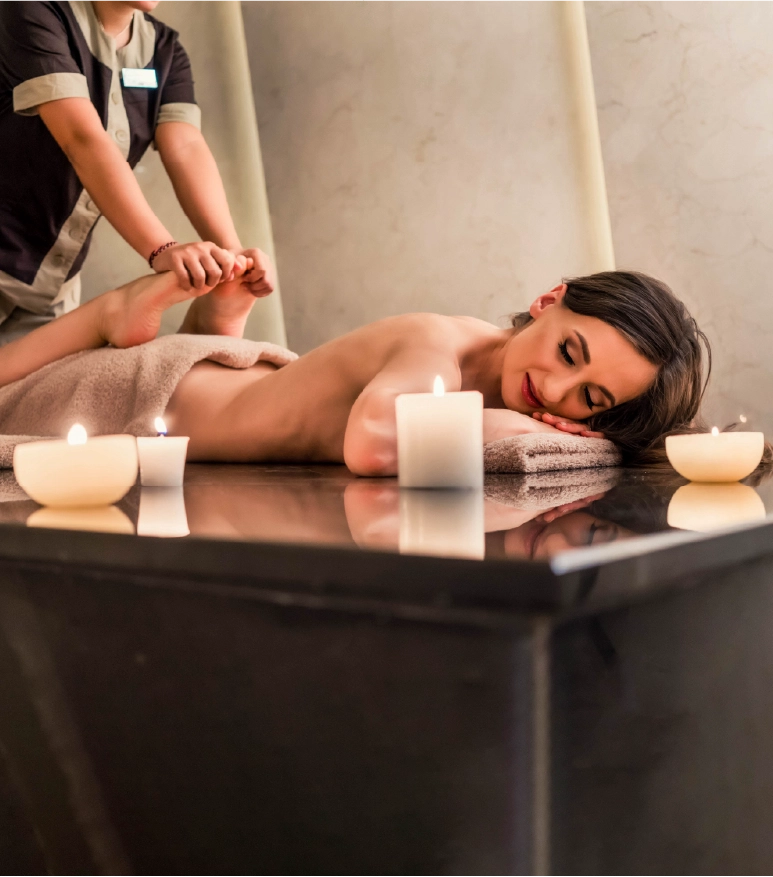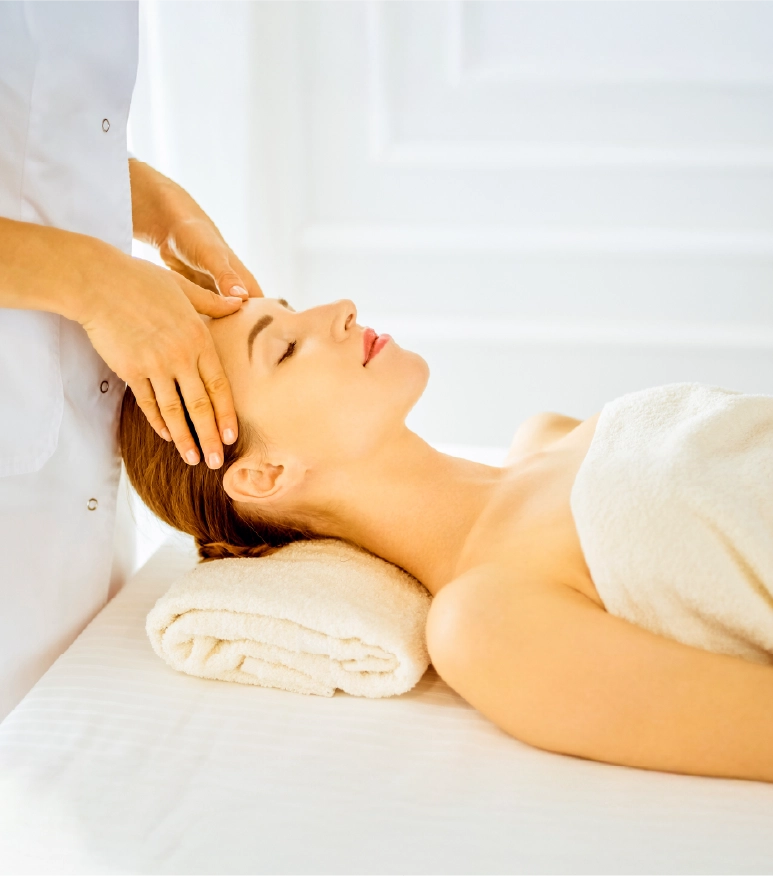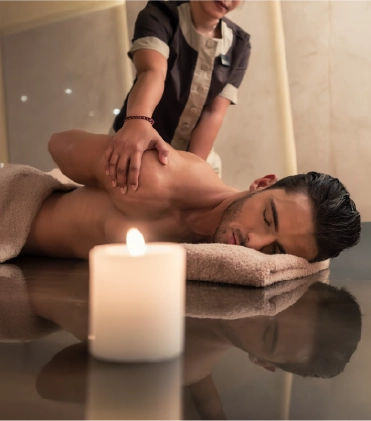What is the treatment?
Foot reflexology is a holistic practice in which acupressure is performed on the foot at specific points to stimulate organs and physiological functions in the body. According to traditional Chinese medicine, each point on the foot corresponds to a particular area of the body. These points on the foot are also known as meridian points, which improve different functions in the body. Reflexology helps to promote relaxation and improve circulation and overall health by stimulating these reflex points. Reflexology is a holistic practice and provides benefits to the mind, body, and soul. It provides balance to the body, energy, and mind.
Philosophy/Origin
Foot reflexology is a common practice in the traditions of the Chinese and Egyptians. In Traditional Chinese Medicine (TCM), reflexology works by promoting the normal flow of energy or qi in the body. Foot reflexology gained popularity in the 20th century when Dr. William Fitzgerald introduced "zone therapy,". According to this, this therapy is based on the principle that the feet serve as a map of the body, and working on the specific areas can help to reduce the symptoms and restore balance. Each reflex point is linked with a specific zone of the bodily functions. In today’s world, foot reflexology is used according to the concepts of Eunice Ingham, who made a foot reflexology chart.
Physical Benefits
Mental/Emotional Benefits
Long-Term Wellness
Foot reflexology supports the natural healing process in the body by improving circulation and lymphatic flow. The reflex points in the foot help to increase immunity and prevent the chances of any disease. Regular sessions of foot reflexology promote the management of stress and also provide emotional balance.
Ideal Audience
Foot reflexology is ideal for individuals who prefer holistic care and believe in natural healing practices. The therapy is a natural treatment and is a non-invasive method to manage stress, pain, or general discomfort. It is suitable for people of all ages, including older people with sedentary lifestyles or young people who face physical stress on a daily basis.
Specific Conditions
The treatment of foot reflexology involves the following steps
Initial Consultation
During the initial consultation, the therapist involves the individual to discuss their specific health concerns and goals. The therapist asks about the medical history and the area involved so that the treatment can be planned accordingly.
Preparation of foot
Before the treatment, the therapist inspects and helps to clean the feet of each individual. This step is essential to maintain hygiene and to identify any areas of sensitivity, allergies, or contraindications that may affect the session.
Application of Pressure
The therapist then applies pressure on the specific points of the body according to the goals and desired effects of each session. The pressure is applied with thumbs and fingers on the feet. Each reflex point in the foot corresponds to different body parts and organs. For example, to treat headaches and symptoms related to the brain, the therapist applies pressure on the toes, and for the improvement in digestion, pressure is applied on the arch of the foot.
Relaxation Techniques
The therapist also uses various massage techniques to promote relaxation. It is usually done by using strokes to further soothe the feet of each individual. This part of the treatment provides immediate comfort and reduces stress.
Individualized approach
The therapist focuses on specific reflex points in the foot according to the goals and health concerns of each individual. In this way, the therapist provides the effects more effectively and helps to improve the experience of the individual.
Session Completion
At the end of the session, the therapist performs some stretching and massage techniques to extend the benefits for a longer time. This helps to enhance the overall experience with a sense of balance and refreshment.
What to Expect
Individuals usually lie on a reclining chair or massage table in a peaceful environment. The therapist applies gentle pressure on the feet, which provides a feeling of calmness and relaxation. Some individuals may feel minor tenderness in some reflex points, while others may experience a soothing sensation. Overall, the treatment of foot reflexology is relaxing.
Immediate Effects
Long-Term Effects
Before the Treatment
It is essential to wear comfortable clothing that allows easy access to the feet. The individual should not take caffeine before the session. It is also necessary to discuss any medical conditions or sensitivities with the therapist before the session.
Aftercare
The therapist suggests drinking water to help flush out toxins released during the session. The individuals should rest and avoid heavy activities immediately after the session. Maintaining foot hygiene and care is also recommended.
Foot reflexology is widely performed at wellness centers, holistic clinics, spas, and through platforms like Wellencia. Some expert practitioners provide quality services and offer combination treatment, including foot reflexology.




